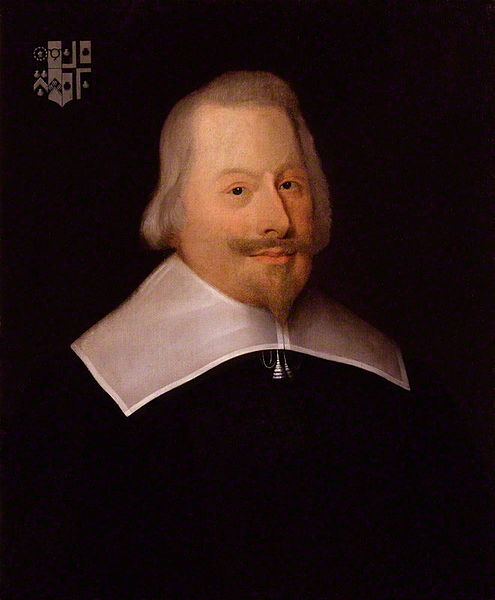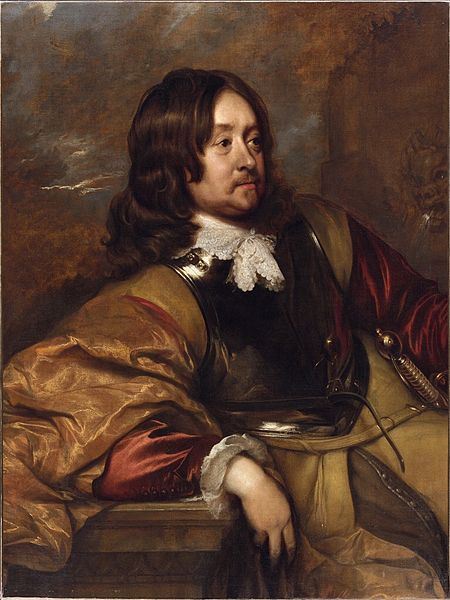The 1641 Army Plots were two separate alleged attempts by supporters of Charles I of England to use the army to crush the Parliamentary opposition in the run-up to the First English Civil War. The plan was to move the army from York to London and to use it to reassert royal authority. It was also claimed that the plotters were seeking French military aid and that they planned to seize and fortify towns to become Royalist strongholds.
King Charles I
John Pym
George Goring (right) with Mountjoy Blount (left), to whom he revealed details of the First Army Plot
The Long Parliament in session, 1640
The First English Civil War took place in England and Wales from 1642 to 1646, and forms part of the 1639 to 1653 Wars of the Three Kingdoms. An estimated 15% to 20% of adult males in England and Wales served in the military at some point between 1639 and 1653, while around 4% of the total population died from war-related causes. These figures illustrate the widespread impact of the conflict on society, and the bitterness it engendered as a result.
'Cavalier Troops Mustering outside the Guildhall, Exeter' by John Joseph Barker, 1886, from the Royal Albert Memorial Museum's collection
Edward Hyde, later Earl of Clarendon, ca 1643; originally part of the Parliamentary opposition, in 1642 he became Charles' chief advisor
John Pym, who led the opposition to Charles from 1640 until his death in December 1643
Charles' nephew and most talented general, Prince Rupert, popularised during the Victorian era as the archetypal Cavalier







